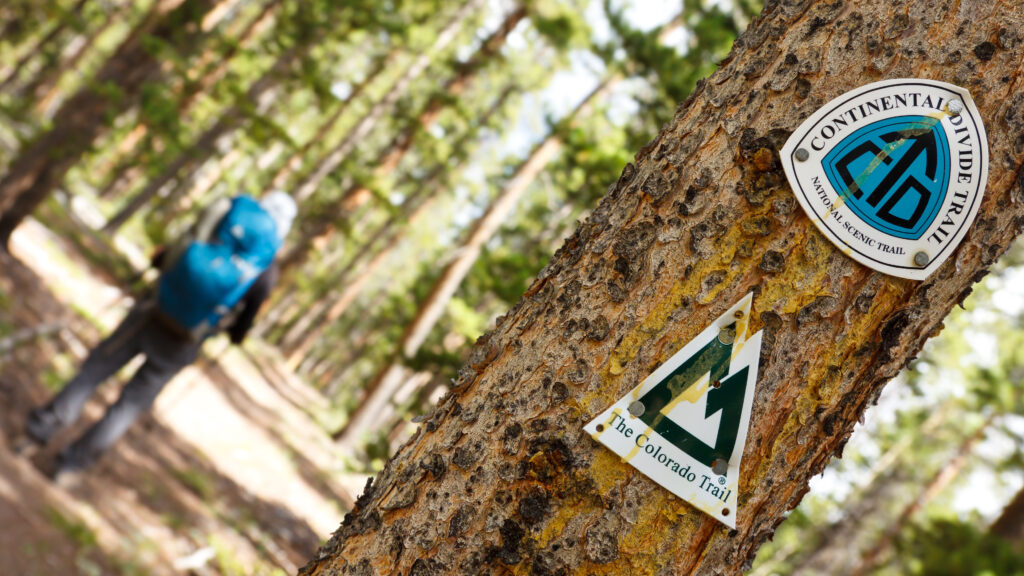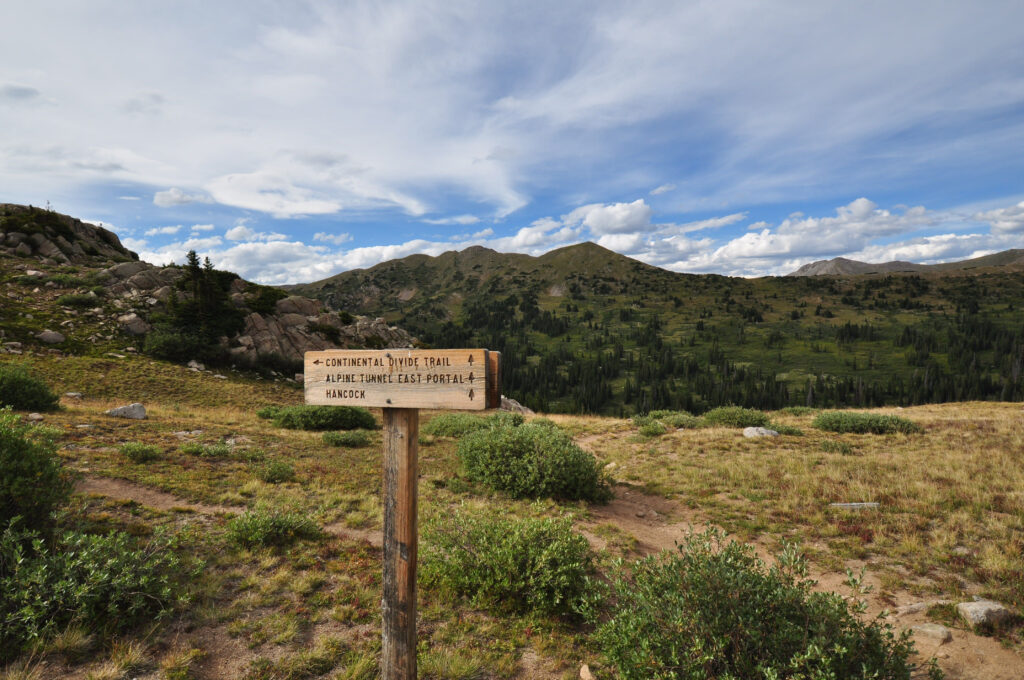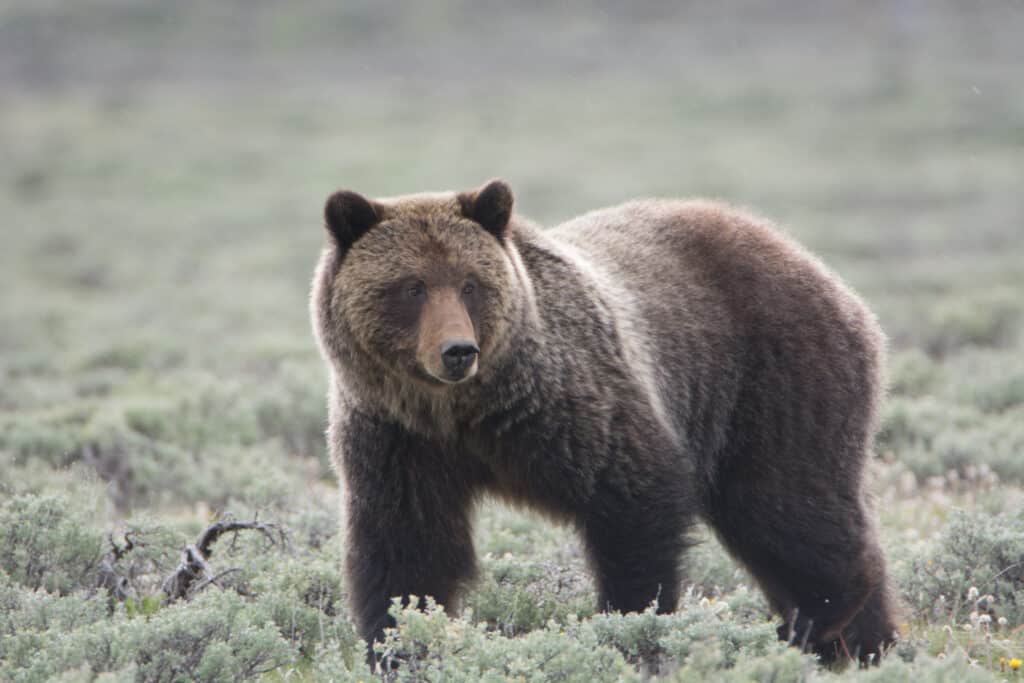The longest and least used of America’s three long-distance trails is the Continental Divide Trail, also called the CDT. It’s a 3,100-mile pathway that follows the Continental Divide via the United States and connects the U.S. to Mexico and Canada.
The entire path passes through five states: New Mexico, Colorado, Wyoming, Idaho, and Montana for thru-hikers. Many thru-hikers start at one state’s border every year, typically in the south, in search of natural beauty, glory, and, more importantly, self-discovery.
The renowned Appalachian Trail and the Pacific Crest Trail — known collectively with the Continental Divide Trail as the Triple Crown of Hiking — are both older than the CDT. The Continental Divide Trail is more isolated and mountainous than its elders, maybe as a result of its youth. Also, it is definitely longer and more complex environmentally.
Today we’re going to dive into every there is to know about this stunning trail and all that it has to offer.
Hiking the Continental Divide Trail

©Patrick Poendl/Shutterstock.com
While the 2019 Halfway Anywhere study found that northern hikers had significantly lower completion rates (67.9% as opposed to 91.2%), Greenbelly Meals, a firm that distributes ready-to-eat hiking meals, believes that just 20% of hikers head south.
Although the weather is comparable in both directions, south bounders can see more frigid temperatures in New Mexico as the season draws to a close. The best hiking seasons for both directions are typically April through October and June through November.
The Environment of the Continental Divide Trail

©Eric Poulin/Shutterstock.com
According to a survey from 2019 that 176 Continental Divide Trail hikers completed, it takes 147 days on average to traverse the entire path. But it’s typical to remain on the trail for six months. Hikers averaged approximately 17 rest days and covered about 24 miles per day. 42 miles was the maximum traveled in a single day.
The route is only around 70% complete, leaving certain sections open to interpretation. Although there are countless ways to get from the trailhead to the terminus, over as little as 2,600 miles, the Continental Divide Trail Coalition (CDTC) states that the official distance is 3,100 miles.
The last (or first) four miles of the CDT extend into Alberta, Canada, after winding through the Western states of Montana, Idaho, Wyoming, Colorado, and New Mexico. Once it descends into the hot desert of New Mexico, it comes to an end…or a beginning depending on where you start. The least developed part of the path is in New Mexico, where walkers frequently have to cross roadways.
Is the Continental Divide Trail Remote?

©R Kulawiak/Shutterstock.com
The CDT receives less foot traffic than the other Triple Crown routes because it is longer and less built. 700 to 800 hikers attempt the entire Pacific Crest Trail each year and about 4,000 people attempt the Appalachian Trail each year. The CDT sees far fewer efforts, though.
Since the route doesn’t require a permit, there is no information on how many attempt the feat each year, but numbers vary from 150 to a few hundred. From 2015 to 2020, completion rates revealed that 50 to 100+ operations are successful annually.
It’s not uncommon for someone to start the hike and never finish it. Whether they call it quits due to exhaustion or they find what they’re looking for sooner rather than later, the end of the journey is wherever you need it to be.
There are more than 70 resupply points along the Pacific Crest Trail. More than 40 “designated communities” are along the Appalachian Trail. Although the CDT is the longest route in the Triple Crown, there are just 18 “gateway communities” that the CDTC has recognized.
Of the 11 National Scenic Trails in the US, it is reputed to be the furthest away. However, unlike the PCT and AT, the Continental Divide Trail lacks shelters, making hikers extremely alone and forced to only use tents for sleeping.
Wildlife of the Continental Divide Trail

©Jilll Richardson/Shutterstock.com
Despite being the furthest away, the Continental Divide Trail is one of the longest and most biologically diverse trails in the nation. It starts in Glacier National Park, which has ice fields and extensive ancient forests, passes through the Rocky Mountains alpine tundra, enters the Chihuahuan Desert, and ends at the Mexican border.
Hikers have the opportunity to come into contact with a wide variety of species along the CDT because of the biological richness, many of which are uncommon or endangered. For example, the trail travels through Yellowstone National Park, a place where wolves, buffalo, grizzly bears, and pronghorns can be found.
There are moose to the north and rattlesnakes to the south. Along the trail, big cats, wolves, foxes, grizzlies, elk, and mountain goats have also been spotted.
The post Discover the Trail Through Grizzly Bear Country That’s Longer Than the Appalachian appeared first on AZ Animals.
from Animal News, Facts, Rankings, and More! - AZ Animals https://ift.tt/a3NeRWY